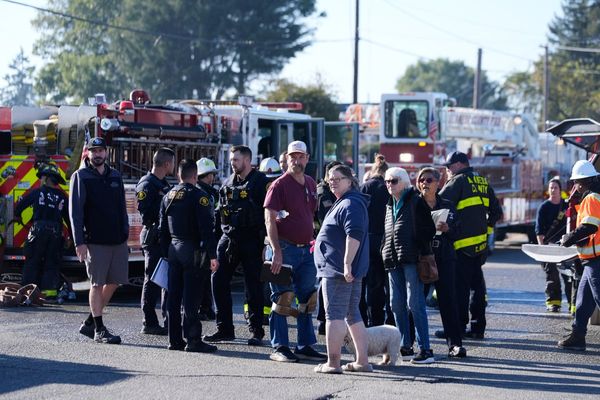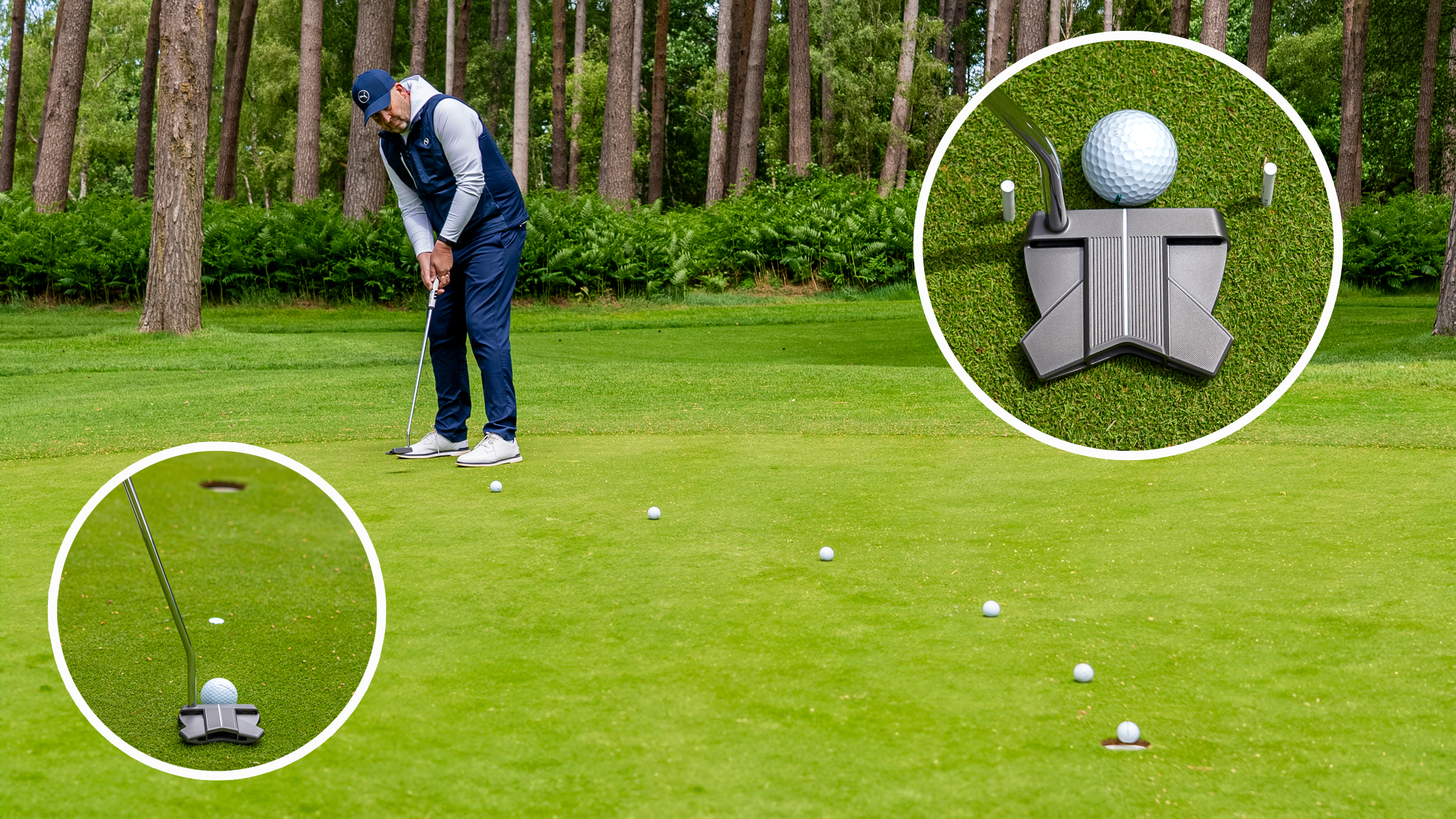
Often described as the game within a game, putting is a facet of golf that requires multiple skills to be successful. Not only do you need to be able to implement a repeatable stroke that returns the face to square as often as possible, but you also need to judge speed and consider a whole host of factors like slope, green speed on the day and even the situation of your round to putt correctly. The best players in the world make it look easy and so to help improve your performance on the greens, here are eight things all good putters do that might well make a difference to your scores the next time you play.
WATCH: Discover the 8 things all good putters do
1. Hit Putts Out Of The Sweet Spot Every Time
Watch any pro on TV and you’ll notice how consistently they strike their putts out of the middle of the putter. It allows them to be more precise with distance control and also increases the chance of holing out from short range. A great drill to get more balls coming out of the sweet spot of your putter is to place two tee pegs just wider than the width of your putter head and position the ball in the middle of them. The aim is to hit putts without striking either tee peg. If you do that, you know you’ve hit your putts solidly.
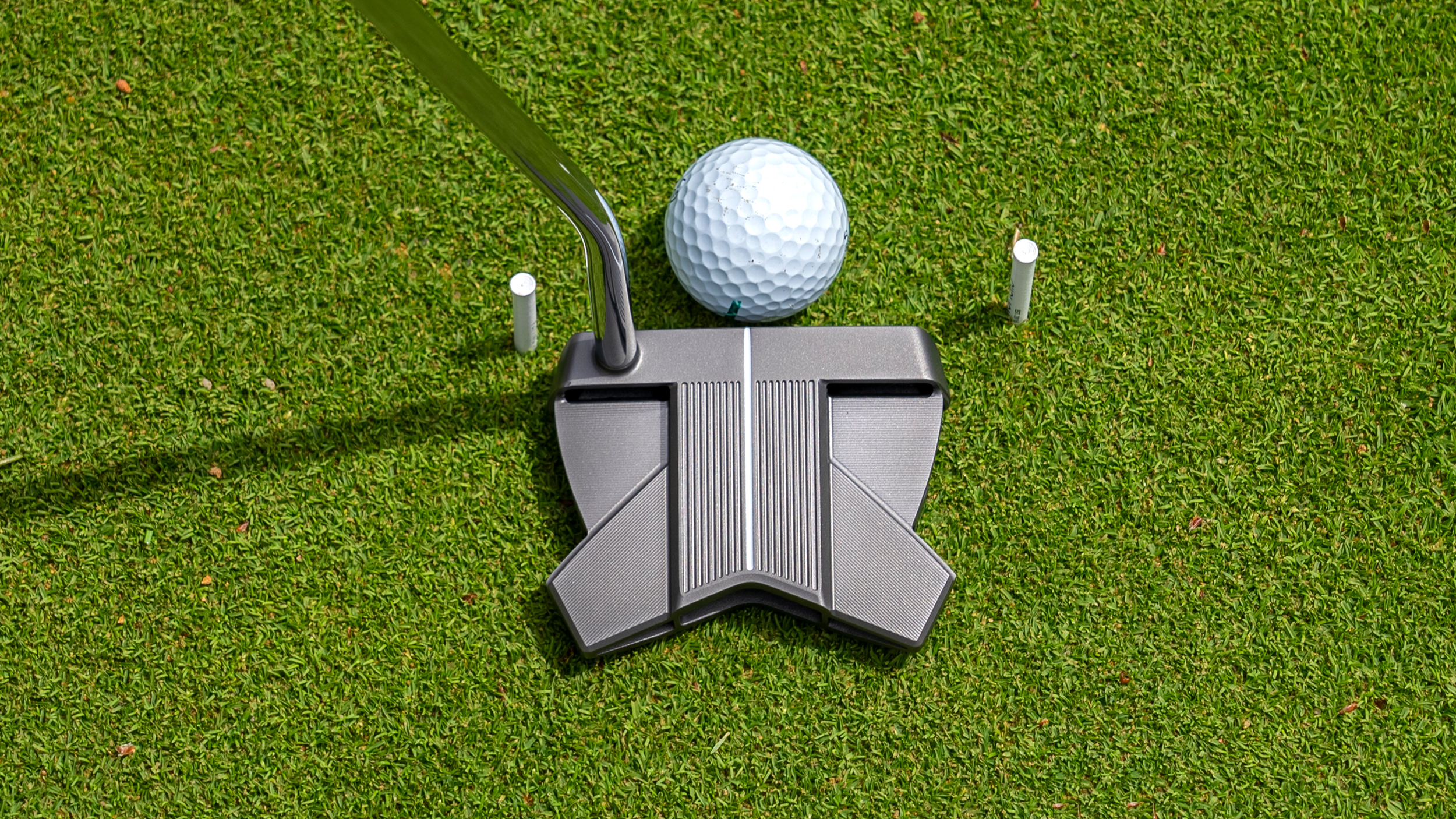
At the same time it’s also worth looking at your angle of attack. Having your ball position too far forward is going to cause the club to come up and left, and that's really going to impact the quality of your strikes. If your ball position is too far backwards, you get very steep and the ball won’t launch and roll properly. There is no perfect ball position but you'll find some of the best players in the world go from center of the stance to just forward of this point. But if you keep an eye on your ball position and find one that works for you, you're going to putt a lot better.
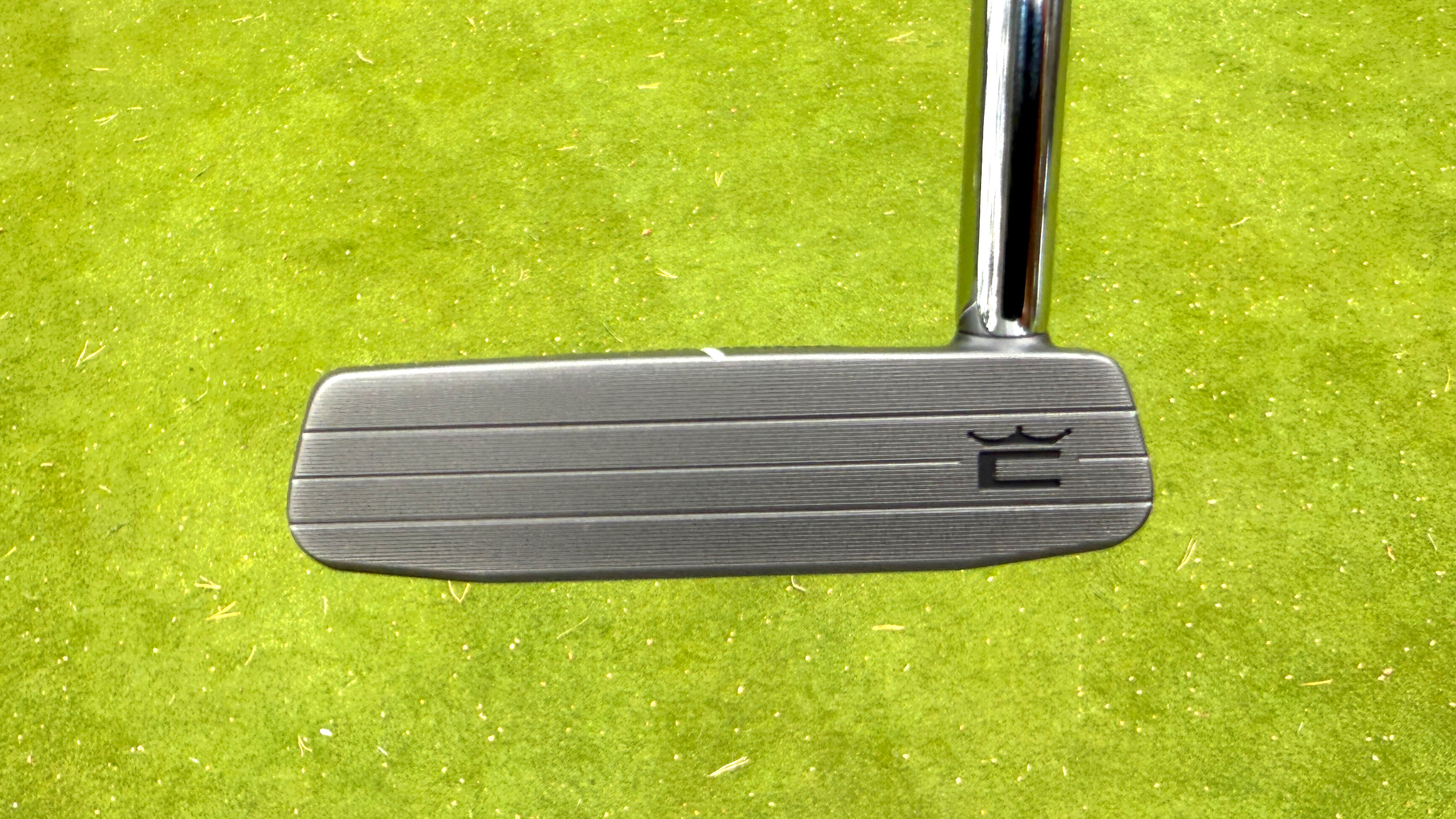
2. Control Stroke Length And Tempo
Another thing that all good putters do is control their stroke lengths and their tempo. Using a ruler or tape measure and markers at 10, 20 and 30 feet we can work out what stroke length you need for each distance to control your speed better. So let’s say you hit a 10 foot putt and see that backswing length to do so was 12 inches long. Once we know what our stroke length is for 10 foot, we can add 50 percent for a 20-foot putt and then another 50 percent on top for a 30-foot putt.
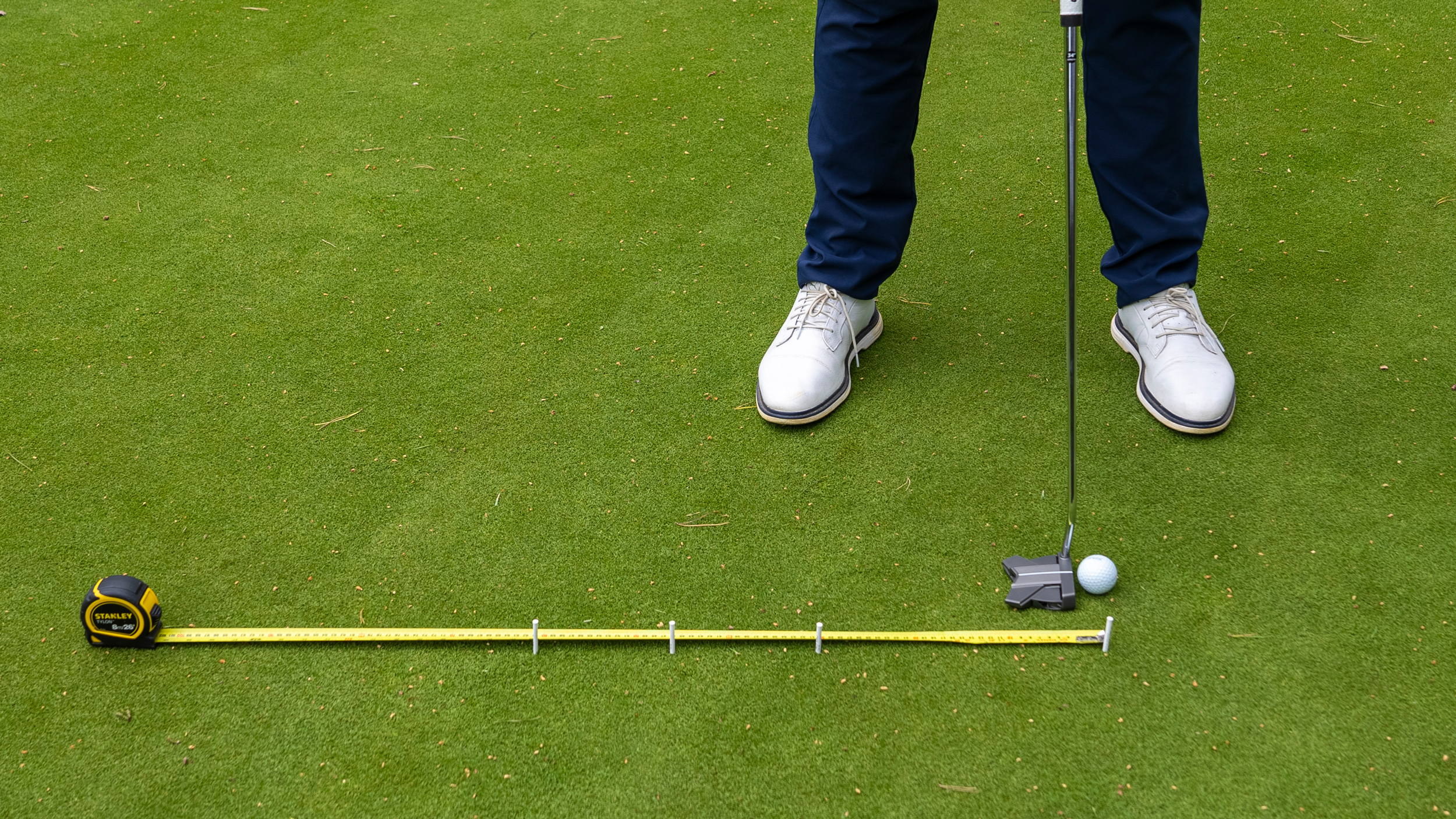
Don't be surprised if this backswing feels much longer than what you're using currently on the 30 foot putt, it takes some getting used to. The important thing is to keep your forward time or tempo the same as the others. This is a great warm-up drill before you play and remember, if the green speeds change you’ll need to either adjust your tempo or stroke length accordingly.
3. Change Their Stroke For Uphill And Downhill Putts
Good putters adjust their stroke length and their tempo to suit the putt they're faced with. So on a downhill putt, to reduce the energy put into the ball, the stroke length has to be shorter. But you can also change your tempo by slowing down your forward time so it takes longer for the putter to reach the ball. You'll need some trial and error to figure out what works for you and how much to adjust each one for different severities of slope, but thinking about these two factors will really help. Conversely when you're putting uphill, you could swing the putter longer and quicker depending on the slope and also the speed of the green.

4. Square The Putter Face At Impact
One thing that all good putters do is they get their face square to their start line. The putter face is around 93 percent in charge of where the ball finishes and so have it one degree out at impact will get you hitting the edge of the hole from just five feet away. The best putters, like Cobra's comprehensive range, have a mix of alignment aids from long solid lines, dots, dots and lines, multiple lines or no markings at all and you've got to find the one that suits you best.
5. They Help Themselves Aim
Another thing good putters do is they help themselves aim. That might be by using a line on the ball or picking a spot which is just in front of the ball. Now it's important to remember that when we use a line on the ball, when you address it, it probably won't look right the first few times but you've got to trust it. So add the line to your ball and direct it to where you want the ball to start based on your read. Then take a step back and use the shaft of your putter to check if the alignment is good and match up the line on your putter to the line on the ball.

If you don’t like using a line on the ball, an alternative method is to pick a spot between the ball and the hole no more than 10 inches in front of the ball (shown above). This could be a blade of grass or a blemish on the green. Your goal is to simply roll the ball over that spot.
6. Play More Break On Longer Putts
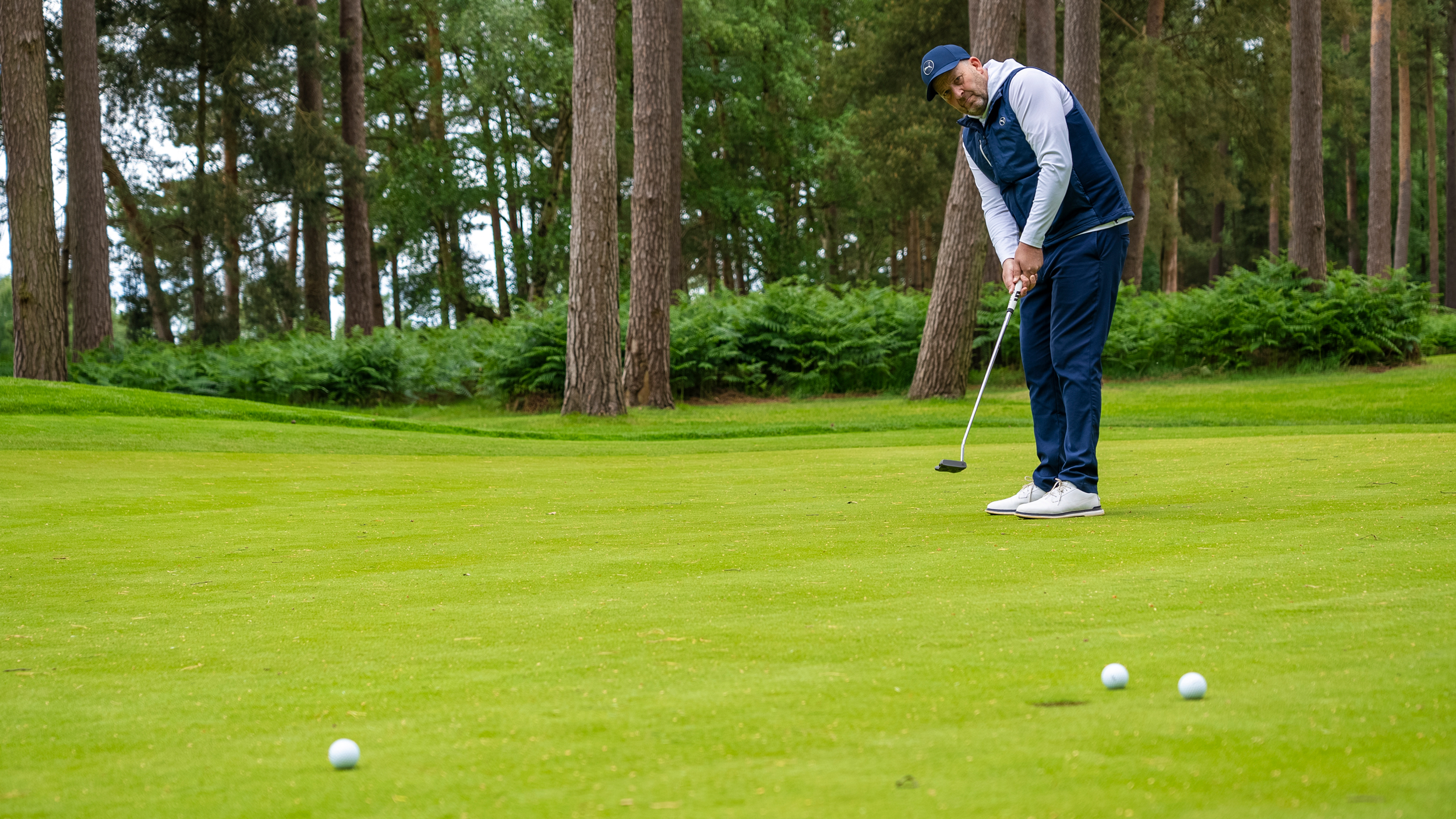
Another thing good putters do is they miss their long putts closer by allowing for more break on their long putt reads because they know that a putt that's coming down from a higher position is going to finish closer. If you under read a putt, the ball will be moving away from the hole and your instinct will also often kick in and you’ll hit the putt harder, which will leave you a longer second putt. Golfers need to get more confident aiming away from the hole as it will help you miss closer, with the ball rolling towards the hole as it stops rather than away from it.
7. Read Putts Correctly
Another thing that good golfers do is they read putts correctly and if you struggle to get an idea of the slope using your eyes, one thing you could do to help you read putts better is to use AimPoint. This is a method whereby you feel the slope in your feet and it’s used by many of the world’s best players. So if you straddle the ball and feel like there's a lot of weight on your right foot, you know it’s going to be a quite aggressive breaking from left-to-right and you need to adjust your aim accordingly. The opposite is true on right-to-left putts and if you don’t feel any bias in either feet, the chances are the putt is pretty straight.
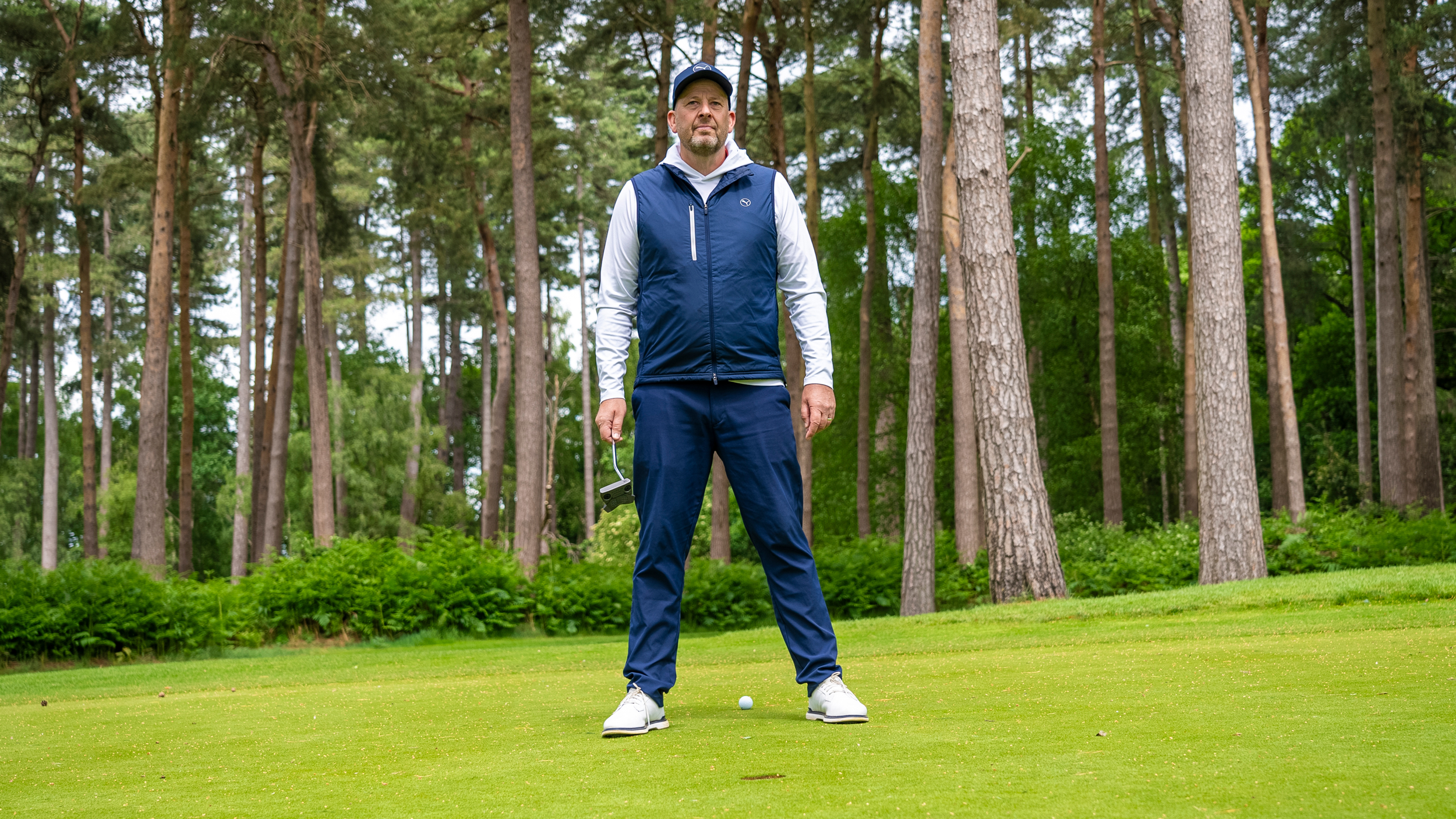
8. Adjust Break For Uphill And Downhill Putts
The last thing that good putters do is they understand that downhill putts break more than uphill putts. The reason for this is putts that are rolling downhill actually roll slower. And when they roll for longer, gravity can be more effective, and they break more. On the same length putt up the hill, it breaks less because it’s moving quicker. So you need to adjust your aim accordingly, allowing for more break on downhill putts and less break on uphill putts.
If you’re interested in trying a Cobra putter out for yourself, be sure to visit the Cobra website.





